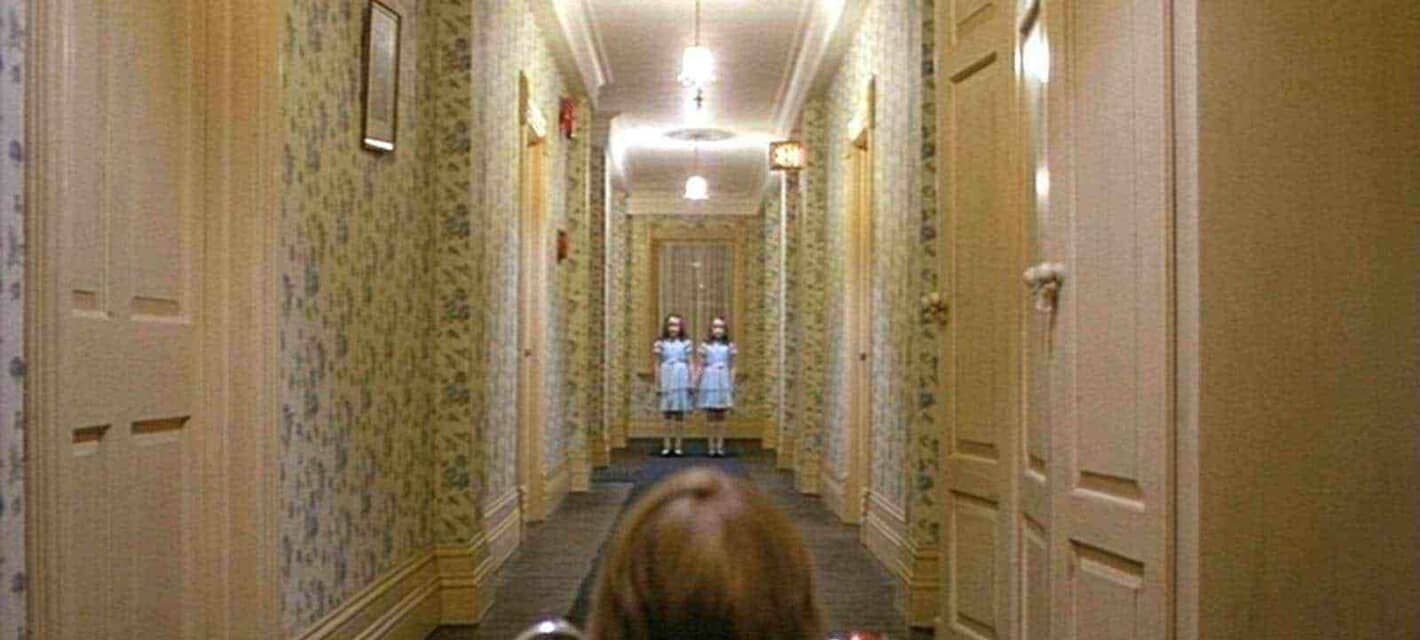For most celebrities, the day eventually comes when fame fades, the limelight shifts elsewhere, and the paparazzi can’t even be bribed into pretending to care anymore. For many such celebrities, it is traumatic, and they just can’t let go and go on with their lives as normal people. Others have an easier time transitioning to post-celebrity status and pursuing other careers.
Following are ten of the latter type of celebrities, and their post-fame careers.
George Murphy Went From Dancing in Broadway and in Hollywood, to the US Senate
Actor and dancer George Lloyd Murphy (1902 – 1992) was a leading song and dance man in numerous Hollywood musicals. Relatively unknown today compared to other Hollywood icons of his era, Murphy was once one of the best-known figures of the silver screen. In a dancing and acting career that began in 1930 and lasted into the 1950s, he starred in over 45 musicals, including Little Miss Broadway opposite Shirley Temple. After putting up his dancing shoes, he went into politics, and ended up in the US Senate.
Born in Connecticut, he was the son of a respected track coach at the University of Pennsylvania who coached the US team to a first-place finish in the 1912 Stockholm Olympics. Murphy went to Yale for undergrad, but dropped out in his junior year. He then slummed around with a series of odd jobs, including a spell as a coal miner in Pennsylvania, thence to NYC, where he worked as a messenger for a Wall Street firm.
In New York, Murphy gravitated towards the stage, starting small as the male half of a dance duo that performed in cabarets, rich debutante coming-out parties, and nightclubs. He made his Broadway debut in a musical comedy in 1927, and followed that up with three more Broadway shows by 1934. That year, he relocated to the West Coast, and made his Hollywood debut in the 1934 movie, Kid Millions.
Luckily for Murphy, he excelled as a song-and-dance man in an era when song-and-dance movies were a big deal. By the 1950s, he had starred in over 45 films, many of them MGM musicals, in which he danced and acted opposite luminaries such as Judy Garland in Little Nellie Kelly, and Shirley Temple in Little Miss Broadway. He also worked with Ronald Reagan, with whom he formed a close friendship and political alliance, in This is the Army.

During his acting career, Murphy became active in Hollywood politics and served two terms as president of the Screen Actors Guild in the 1940s. He became known as “Hollywood’s Ambassador of Good Will”, and in 1950 he won a special Oscar for his services in presenting the movie industry to the country at large. In 1952, Murphy retired from acting and started a new career as a PR executive, working for MGM and others in the film industry.
A Republican, he was in charge of the entertainment for President Eisenhower’s 1953 and 1957 inaugurations, and was a higher-up in California’s Republican Party in the 1950s. He ran for the Senate in 1964, and beat JFK’s former press secretary, Pierre Salinger. He served a single term, then was defeated in his 1970 reelection bid, weakened by an ethical scandal concerning his serving as a paid consultant for Technicolor even as he served in the US Senate. He subsequently moved to Palm Beach, Florida, where he died in 1992 of leukemia.

